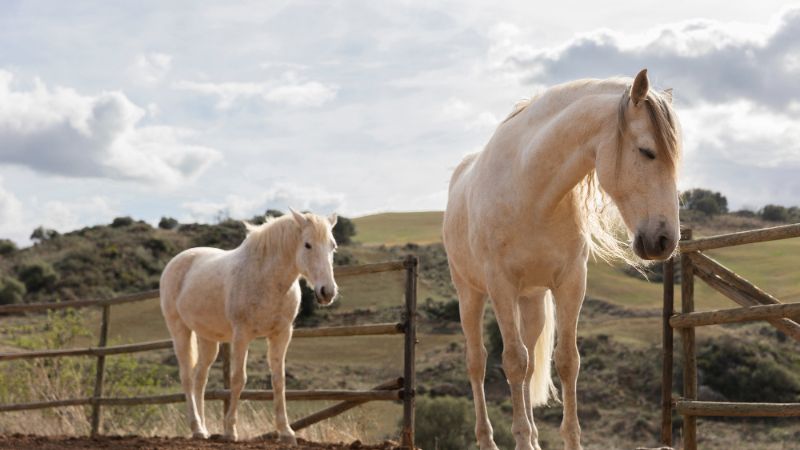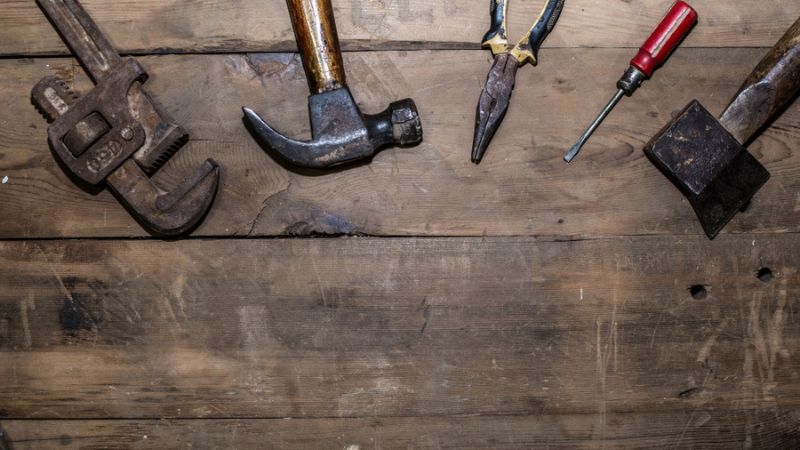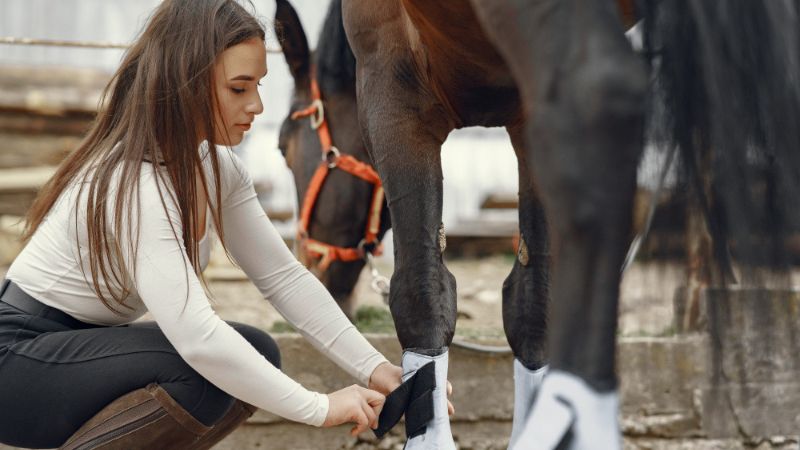Cutting Horse Riding Tips For Beginners – Welcome to the exhilarating world of cutting horse riding, where the bond between horse and rider is tested in the thrilling pursuit of precision and skill. Cutting is a unique equestrian sport born from the practical tasks of cattle ranching, evolved into a mesmerizing display of teamwork and athleticism. As a beginner, embarking on this journey opens doors to a realm of excitement and challenge unlike any other.
In this guide, we’ll delve into the fundamentals of cutting, offering insights and tips to help you navigate the complexities of this sport with confidence and competence. From understanding the intricacies of working with cattle to honing your riding skills and preparing for competitions, each aspect plays a crucial role in your development as a cutting horse rider.
Whether you’re drawn to the adrenaline rush of competition or simply seeking a deeper connection with your equine partner, mastering the art of cutting promises an enriching and rewarding experience. So saddle up, embrace the journey ahead, and let’s embark on this thrilling adventure together!
Find a Reputable Instructor

Finding the right instructor is crucial for learning cutting horse riding effectively. Look for someone with experience in cutting and a reputation for teaching beginners. Consider their teaching style, qualifications, and approach to instruction.
A good instructor will not only teach you the technical aspects of riding but also help you develop a strong bond with your horse. Ask for recommendations from other riders or horse enthusiasts in your area, and don’t hesitate to schedule trial lessons to see if you and the instructor are a good fit.
Start with the Basics
Before diving into cutting specifically, ensure you have a solid foundation in general horsemanship. This includes understanding horse behavior, grooming, tacking up, and basic riding skills. Take lessons or clinics focused on beginner horsemanship if needed. Building a strong foundation will make it easier to progress to more advanced maneuvers required in cutting.
Additionally, familiarize yourself with the equipment used in cutting, such as the cutting saddle and bridle, and learn how to properly fit and care for them. Having a good grasp of the basics will set you up for success in cutting.
Choose the Right Horse
Selecting the right horse is essential for your success in cutting. Look for a horse with experience in cutting or one that shows potential for the sport. Consider factors such as athleticism, temperament, and training background. Ideally, choose a horse that is responsive, agile, and enjoys working cattle.
If you’re new to horse ownership, seek the guidance of a knowledgeable trainer or mentor who can help you evaluate potential horses. Remember that a well-trained cutting horse can make the learning process much smoother and more enjoyable.
Also Read – Top Cutting Horse Breeds For Beginners
Focus on Balance and Positioning
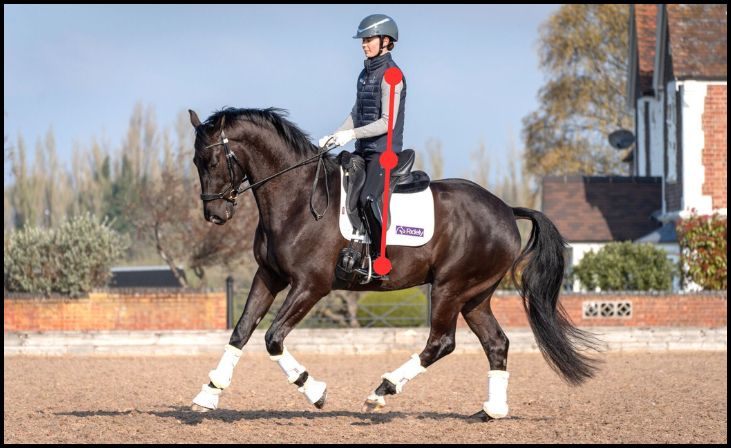
Balance and positioning are fundamental aspects of riding, especially in cutting where precision is key. Practice maintaining a centered position in the saddle, with your weight evenly distributed over your seat bones. Keep your shoulders back and relaxed, and your legs long and draped around the horse’s barrel. Engage your core muscles to support your posture and balance.
Experiment with slight shifts in weight and subtle adjustments in your position to communicate effectively with your horse during maneuvers. Developing a strong and balanced seat will help you stay in control and work in harmony with your horse.
Master the Cues
Effective communication between rider and horse is crucial in cutting. Learn how to cue your horse using subtle signals from your seat, legs, and hands. For example, use your inside leg to ask for a turn or a change of direction, while using your outside leg to maintain impulsion and support your horse’s movement.
Use light, steady rein contact to guide your horse and encourage softness in their response to your cues. Practice consistency and clarity in your cues to help your horse understand what you’re asking for. Building a strong rapport with your horse through clear communication will enhance your performance in cutting.
Practice Patience
Learning cutting horse riding takes time and dedication, so be patient with yourself and your horse. Progress may be slow at times, but consistent practice and perseverance will pay off in the long run. Celebrate small victories and improvements along the way, and don’t be discouraged by setbacks or challenges.
Building a strong foundation and developing your skills as a rider takes time, so focus on the process rather than rushing to achieve specific goals. Trust in your abilities and trust in your horse’s ability to learn and adapt. With patience and persistence, you’ll continue to grow and improve as a cutting horse rider.
Develop a Strong Seat
A strong and secure seat is essential for riding effectively in any discipline, including cutting. Practice exercises to improve your balance, stability, and flexibility in the saddle. Work on riding without stirrups to strengthen your leg muscles and develop a deep seat.
Focus on maintaining a neutral spine and relaxed posture while engaging your core muscles to support your position. Experiment with different riding positions and movements to find what works best for you and your horse. Building a strong seat will give you the confidence and stability you need to stay balanced and in control during fast-paced cutting maneuvers.
Work on Timing
Timing is critical in cutting, as you need to anticipate your horse’s movements and respond accordingly. Learn when to ask for specific maneuvers, such as stops, turns, and changes of direction, based on the position of the cattle and your horse’s body language.
Practice reading the cattle and predicting their behavior to stay one step ahead. Develop a feel for the rhythm and flow of the cutting run, knowing when to push your horse forward and when to slow down or make adjustments. With experience and practice, you’ll refine your timing and become more effective in the arena.
Stay Relaxed
Relaxation is key to effective communication and performance in cutting. Tension in your body can interfere with your ability to communicate with your horse and affect your riding. Practice deep breathing and relaxation techniques to stay calm and focused in the saddle. Check in with your body regularly to release any tension in your muscles and joints.
Focus on maintaining a soft, supple connection with your horse through light and consistent rein contact. Cultivate a mindset of calm confidence and trust in your abilities as a rider. Staying relaxed will help you and your horse perform at your best in the cutting arena.
Stay Safe
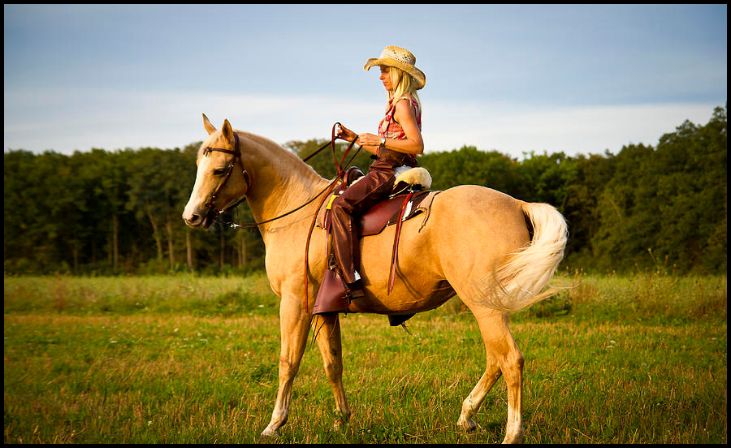
Safety should always be a top priority when riding, especially in a fast-paced and potentially unpredictable sport like cutting. Always wear appropriate safety gear, including a properly fitted helmet, boots with heels, and protective riding attire. Inspect your tack regularly to ensure it’s in good condition and properly fitted to your horse.
Warm up your horse thoroughly before each ride to prevent injuries and stiffness. Pay attention to your surroundings and be aware of other riders and cattle in the arena. Develop a safety plan for emergencies and practice basic first aid skills. Cutting may be done confidently and with peace of mind when safety is put first.
Conclusion
In conclusion, cutting horse riding is not just a sport; it’s a journey of discovery, partnership, and personal growth. As you continue to refine your skills and deepen your bond with your horse, remember to cherish every moment of progress and embrace the challenges along the way.
Whether you’re competing in the arena or simply enjoying time with your equine companion, the lessons learned and memories made will be invaluable. So keep riding with passion, determination, and respect for the craft, and may your journey in cutting horse riding be filled with joy, fulfillment, and endless possibilities.
FAQs
What is cutting horse riding?
Cutting horse riding is a Western equestrian sport where a horse and rider work together to separate a single cow from a herd and keep it isolated for a specific period of time.
What are the essential skills needed for cutting horse riding?
Essential skills include balance, coordination, proper seat and posture, effective communication with the horse using rein and leg cues, and the ability to read and anticipate cattle behavior.


